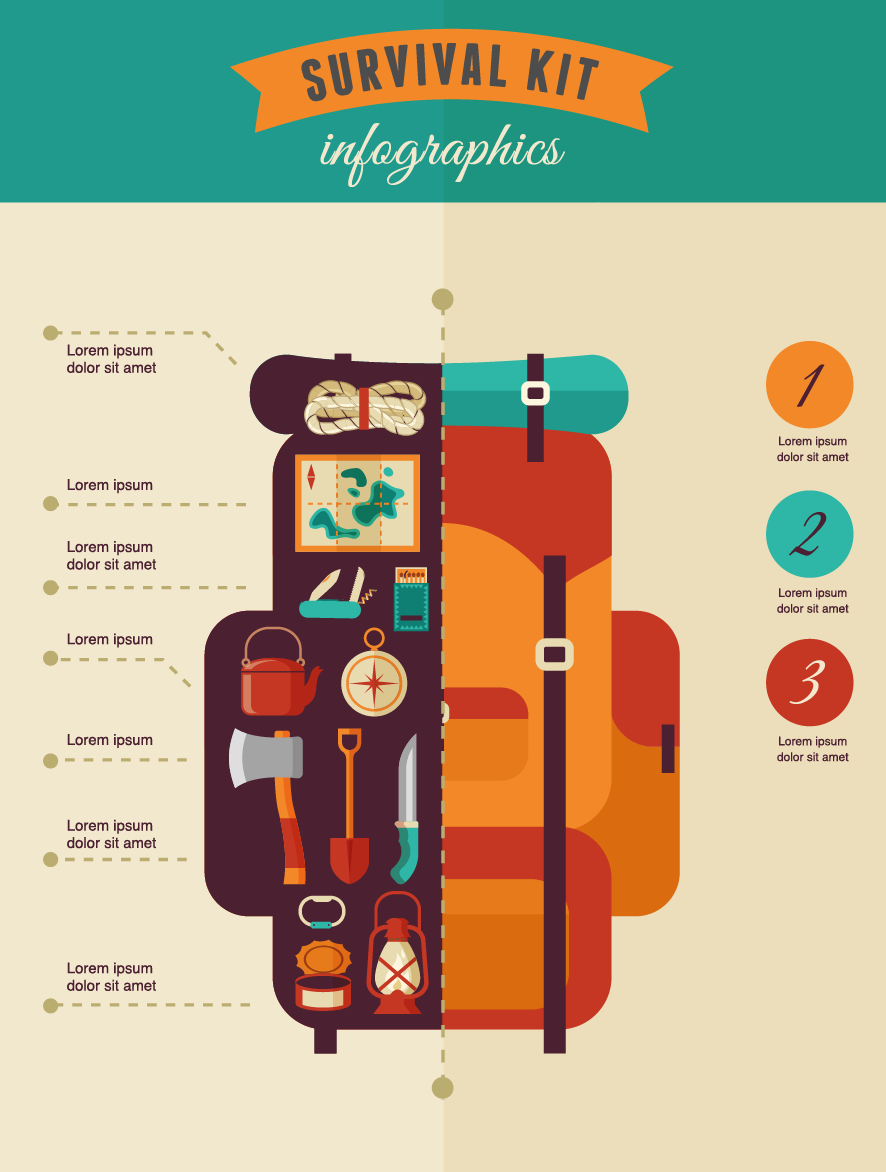The Hold Hitch is a simple and safe and secure means to set tent individual lines. It's likewise an excellent technique for backing out a persistent outdoor tents secure. It can also be made use of to produce an adjustable tarpaulin person line where the adjustment is made at the tent/tarp end. It serves in high winds as it doesn't slip.
1. Bowline
Bowline is a knot that makes a loop at one end of a rope. It's easy to connect and untie, and it stands up to obstructing fairly well.
It's additionally a great knot to make use of for signing up with 2 lines with each other, although it's generally recommended that you make use of a different technique (such as a sheet bend or square knot) for this purpose, to avoid having the two separate bowlines wear against each other over time and weaken the line.
One potential problem with bowlines is that they can easily jam or bind if the working end is inaccurately travelled through the bunny opening. Numerous critical failures have been reported as a result of this, particularly when made use of in climbing applications. To help avoid this from taking place, you can make a left-handed bowline by passing completion around the standing part of the loop rather than with it, as received the computer animation below. This variation apparently executes much better and stands up to ring stress (a distending pressure used either side of the knot) better than the basic bowline.
2. Hold Drawback
Using these gripping hitches to protect your person lines helps you prevent the issue of your line jamming while changing or tightening them. They are also valuable when affixing a line to an item that is more difficult to reach than your standing end, such as a tree or huge support object.
The Grasp Drawback is a rubbing knot that can be quickly shifted up or down the line while slack yet holds firm under lots. It works for tensioning ridgelines or guy lines and for camping applications to safeguard tarpaulins or camping tents.
To connect the Grip Drawback, pass the working end around the standing part two times and tuck it under itself. To tighten, pull on the functioning end to produce a bight and then make use of the bight to protect the knot to itself. For added safety, you can cover the working end around the standing component three times to raise rubbing and prevent the drawback from slipping under lots.
3. Midshipman's tent durability Drawback
Also called the Taut Line Hitch (ABOK # 1856, p 310), Adjustable Drawback, or Rigger's Hitch this knot develops an adjustable loop at the end of a rope that can be moved up and down the standing end yet still holds firmly when tightened. It is likewise easy to unknot while under load.
Ashley advises this knot for a camping tent guy line since unlike the bowline it can be tied while under lots and is much less vulnerable to turning. It likewise develops an intermediate Awning Hitch that can take the initial lots while connecting the last Half Drawback
To use this knot wrap the functioning end around an item such as a post or cleat. Next pass it back towards the item through the initial Half Drawback creating a 2nd Awning Hitch. Lastly coating connecting the last Half Drawback and draw hard to gown and tighten up. For additional safety cover a second Midshipman's Hitch on top of the very first.
4. Adjustable Hold Hitch.
The Flexible Grasp Hitch, additionally referred to as the Crawley Adjustable Drawback and the Adjustable Loop Knot, is a rubbing drawback that can be quickly changed up or down a line with slack but holds firm under tons. It is commonly utilized for readjusting camping tent ridge lines or tarpaulins around camp.
This slide-and-grip knot provides great grasp and is simpler to connect than the Tautline Drawback or Midshipman's Hitch, however should not be used for important applications since it may slide when shock loaded. It can be improved by including additional beginning turns to enhance the "grip" and rubbing in slippery products.
To link this rubbing drawback, pass the working end around the things, then wrap it back together with itself and put the end under the second turn. Pull the functioning end to tighten up the knot.
